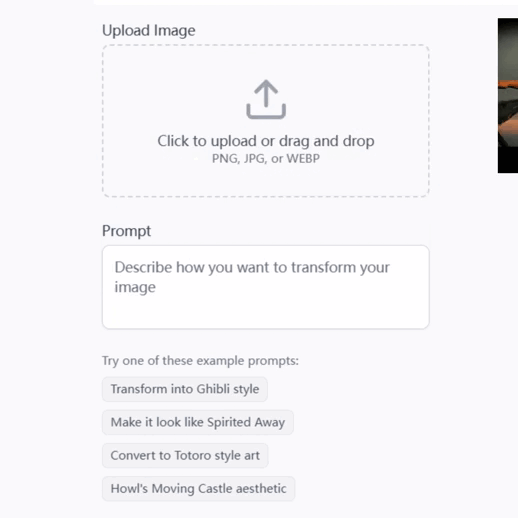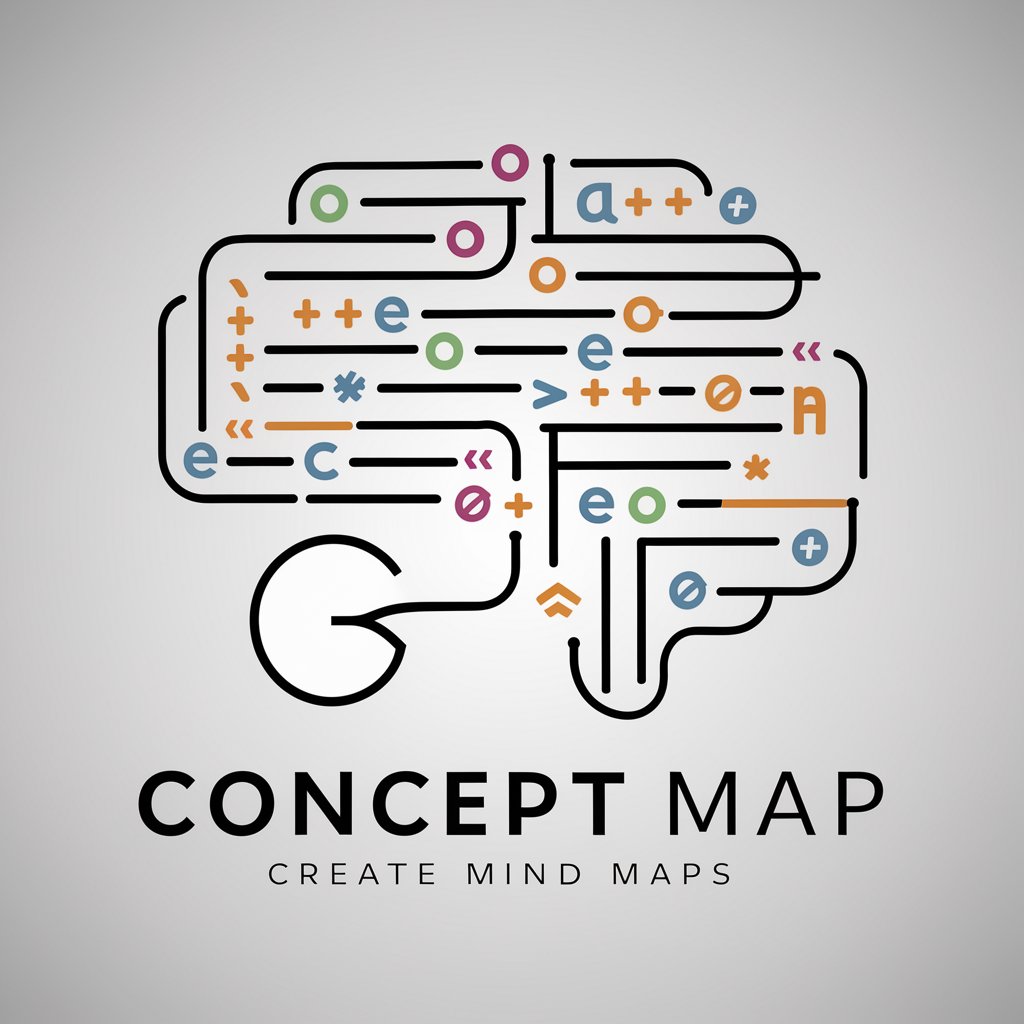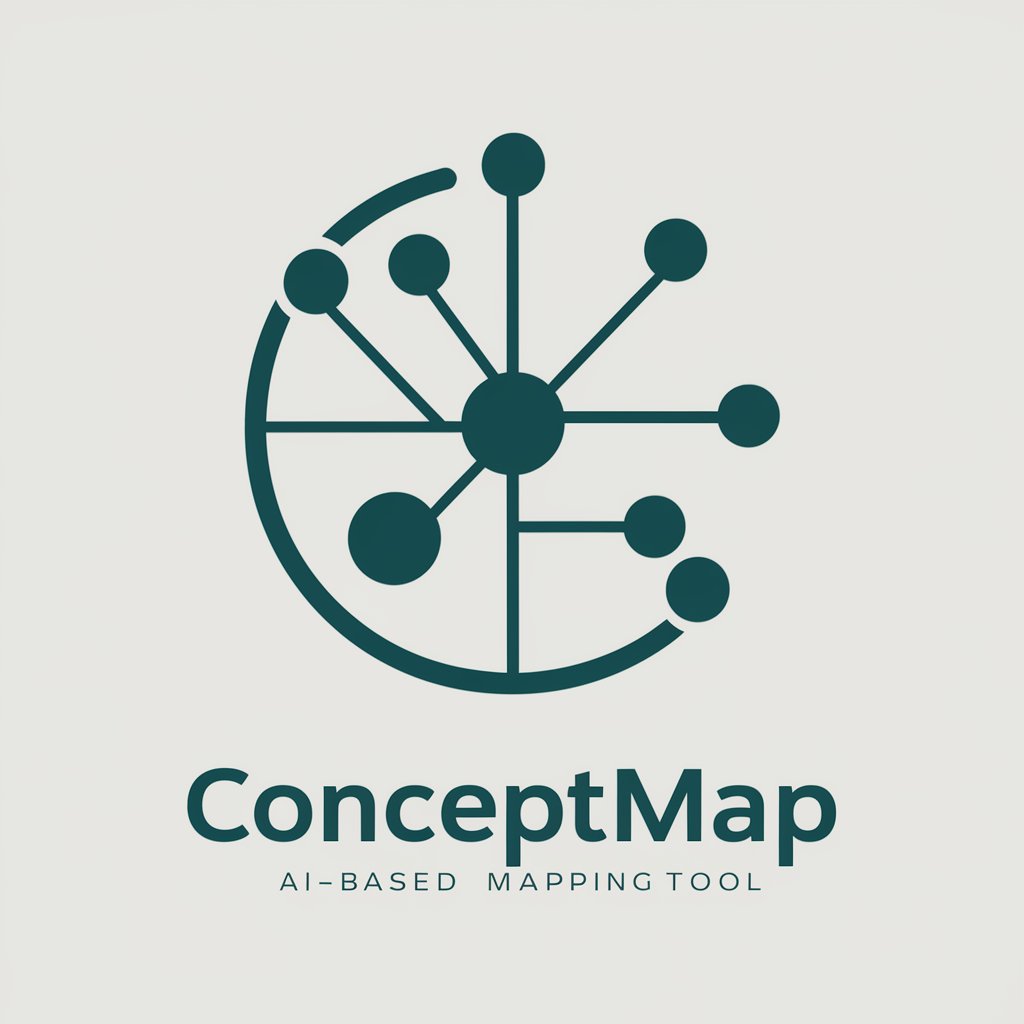
Concept map - concept mapping tool for organizing ideas.
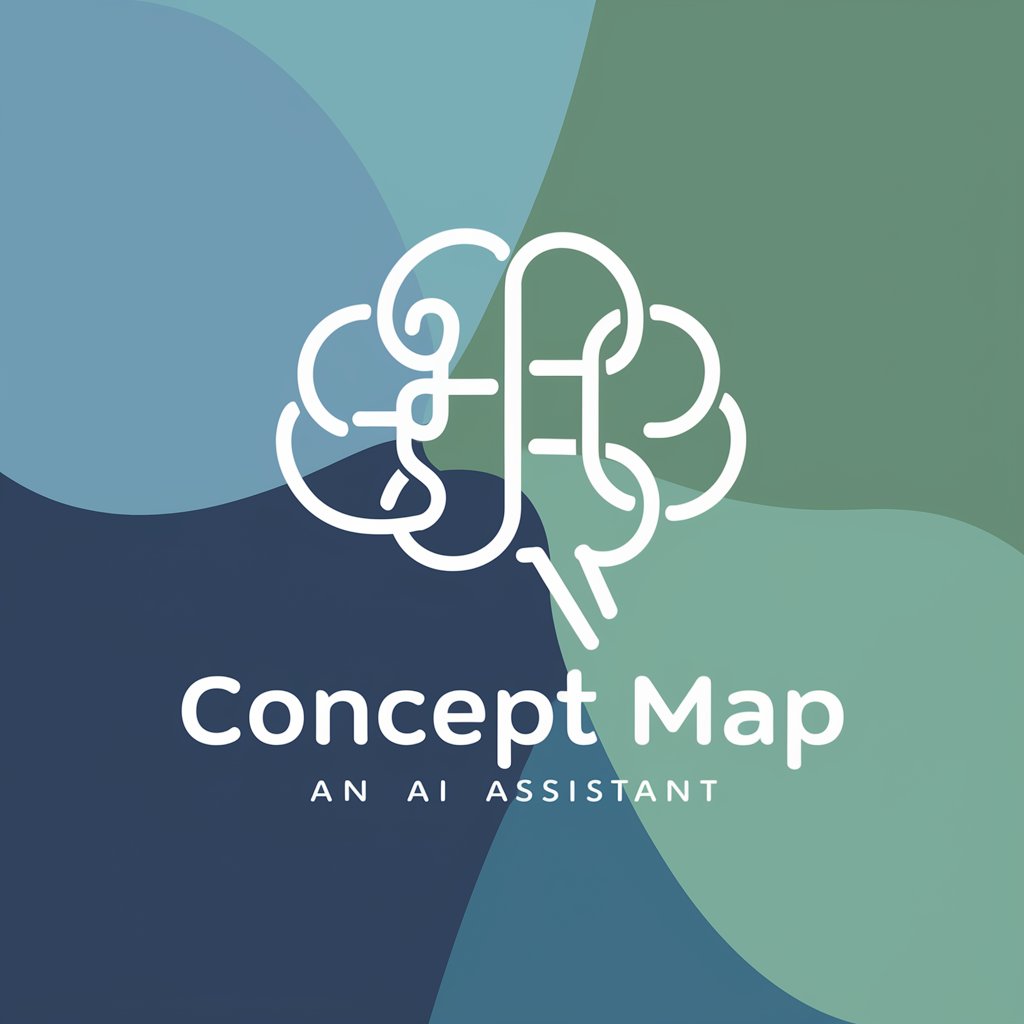
Hello! Let's organize your ideas into clear, effective concept maps.
Empower your ideas with AI-driven concept mapping.
Explain the key concepts of
How can I create a concept map for
What are the main components of
Help me visualize the relationships between
Get Embed Code
Introduction to Concept Map
A concept map is a graphical tool designed for organizing and representing knowledge. It allows users to create a visual representation of concepts and the relationships between them, making it easier to understand and analyze complex topics. Concept maps are often used in educational settings to help students structure their thoughts and in professional environments to visualize and strategize workflows. For instance, a student studying biology could use a concept map to illustrate the relationship between various cellular structures, while a business analyst might use it to map out a strategic plan for a company. Powered by ChatGPT-4o。

Main Functions of Concept Map
Organizing Information
Example
Creating a concept map to show how different components of a project relate to each other.
Scenario
In a software development project, a concept map helps developers understand the interdependencies of different modules, ensuring seamless integration and identifying potential issues early.
Learning Aid
Example
Using concept maps in educational settings to enhance students' understanding of complex topics.
Scenario
In a history class, students could map out key events in World War II, illustrating cause-and-effect relationships, timelines, and the roles of different countries.
Strategic Planning
Example
Businesses can use concept maps to align strategies with company goals.
Scenario
An HR department can use a concept map to visualize employee development plans, aligning individual goals with the organization's objectives.
Creative Brainstorming
Example
Visualizing connections between ideas in a brainstorming session.
Scenario
Writers can use concept maps to outline the plot and characters of a novel, allowing them to identify narrative gaps and ensure logical progression.
Ideal Users of Concept Map Services
Students and Educators
Students can use concept maps to break down complex topics into manageable parts, helping them study more effectively. Educators can use them to explain difficult concepts and structure lesson plans.
Project Managers
Concept maps assist project managers in visualizing the relationships between tasks, helping them allocate resources and identify critical paths in project timelines.
Business Strategists
Business strategists can leverage concept maps to visualize company strategies, ensuring alignment between departments and clarity in the execution of business plans.
Researchers
Researchers can use concept maps to outline research ideas, theories, and frameworks, helping them organize their thoughts and identify gaps in the literature.

How to Use Concept Map
Visit yeschat.ai for a free trial without login, also no need for ChatGPT Plus.
Head to yeschat.ai and access Concept Map without any login requirements or need for ChatGPT Plus subscription.
Choose Concept Map from the menu.
Select Concept Map from the menu options provided on the website.
Start creating your concept map.
Begin by entering your main topic or concept in the center of the canvas. Then, add related subtopics or ideas branching out from the main concept.
Connect concepts with lines and labels.
Draw connections between related concepts using lines or arrows, and label the connections to indicate the nature of the relationship.
Review and refine your concept map.
Once you've created your concept map, review it for clarity and completeness. Make adjustments as needed to improve organization and coherence.
Try other advanced and practical GPTs
Social Media Marketing Plan
Empowering Your Social Strategy with AI

Hello P news summaries
Streamline news consumption with AI summaries.

GURU ONE
Empowering Decisions with AI

Business Advisor
Empowering Businesses with AI Insights

Cold Email Bot
AI-powered Cold Email Personalization
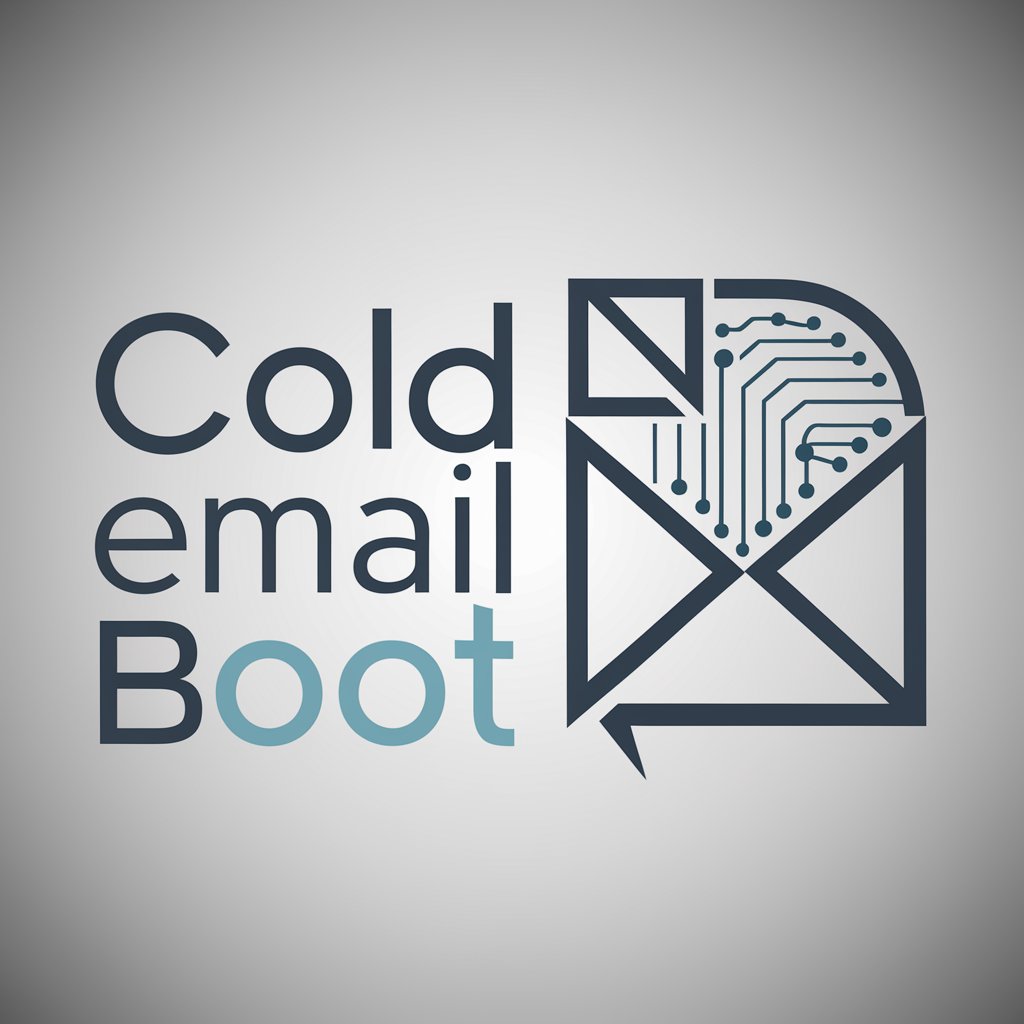
Web Links
Your gateway to authoritative web content

APA references
Streamline Your Citations with AI
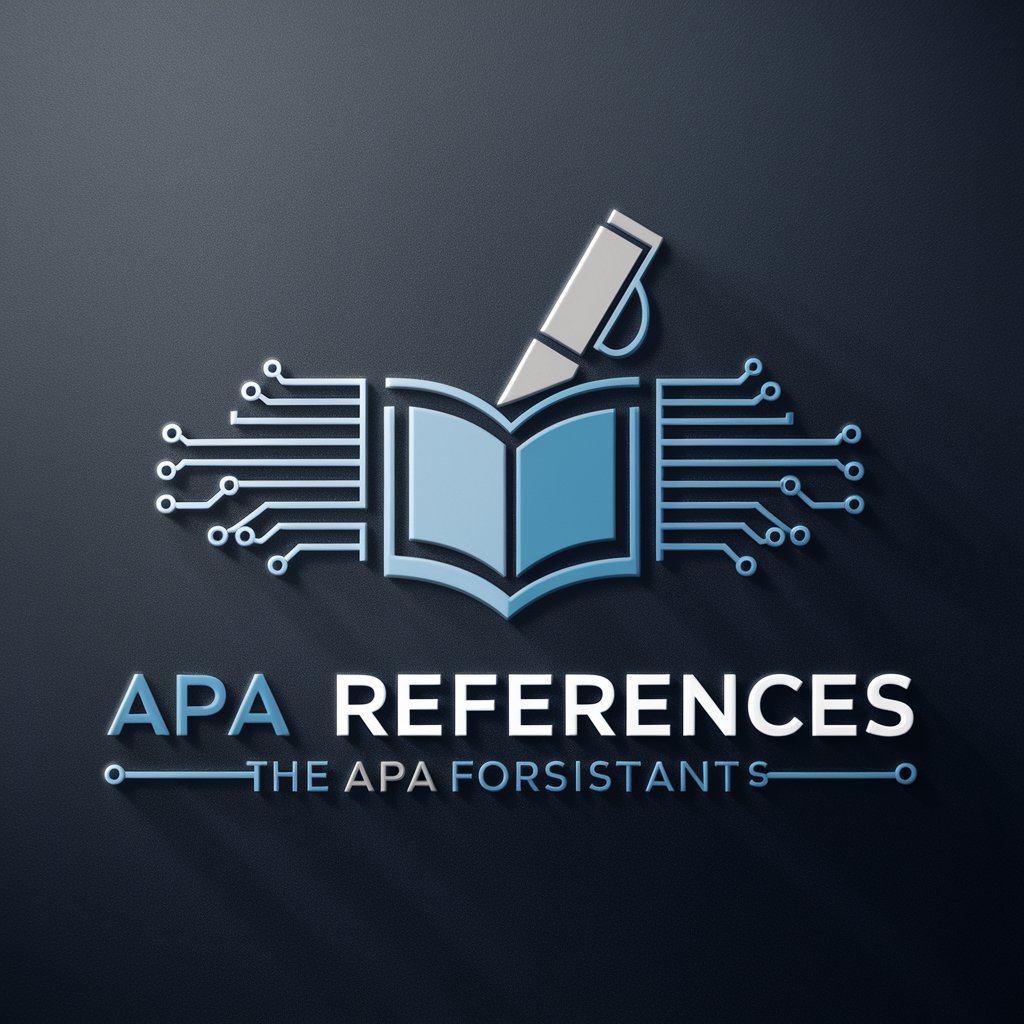
Shorten Text
Automatically shorten texts with AI precision.

Question Generator and Answerer
Unleash AI-powered knowledge retrieval.
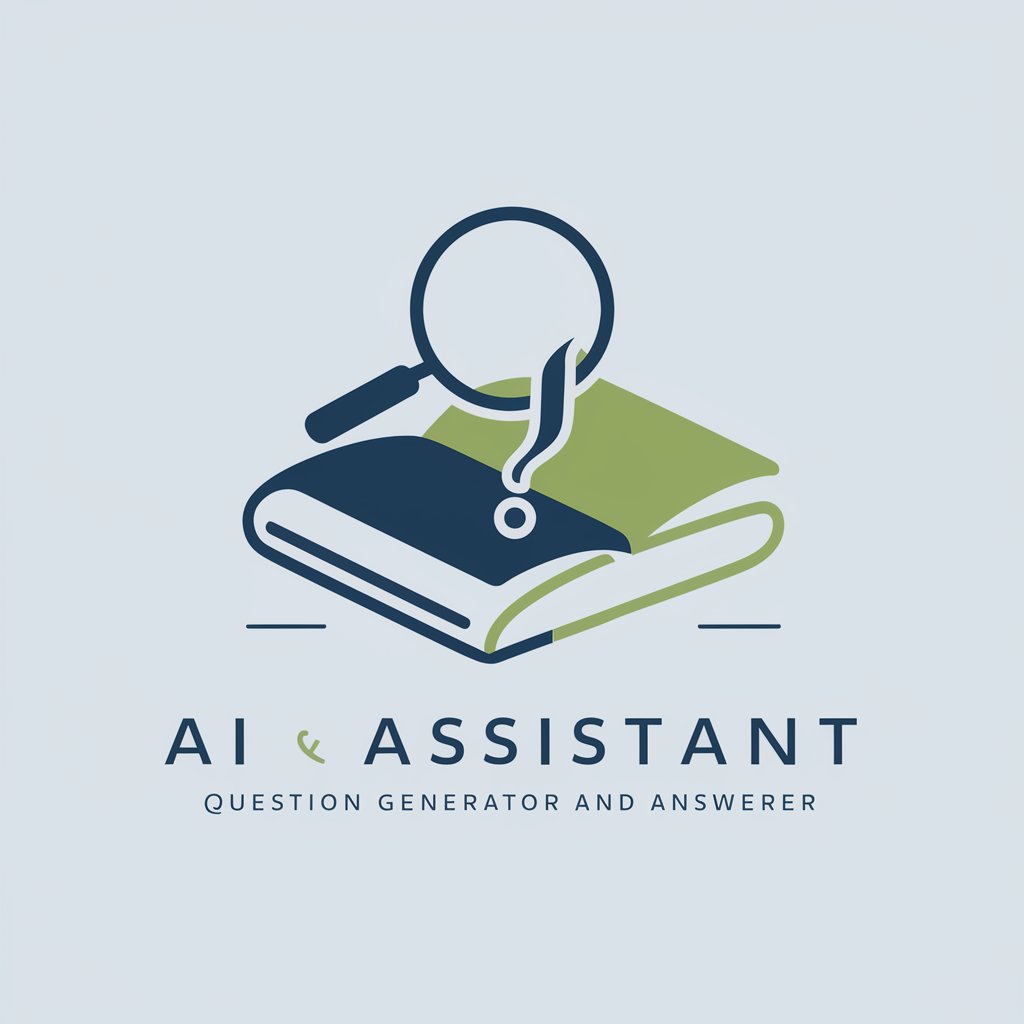
Human Resources expert
Revolutionizing HR with AI

Consistent Children's Book Illustrations
Illustrate your stories with AI-powered precision.
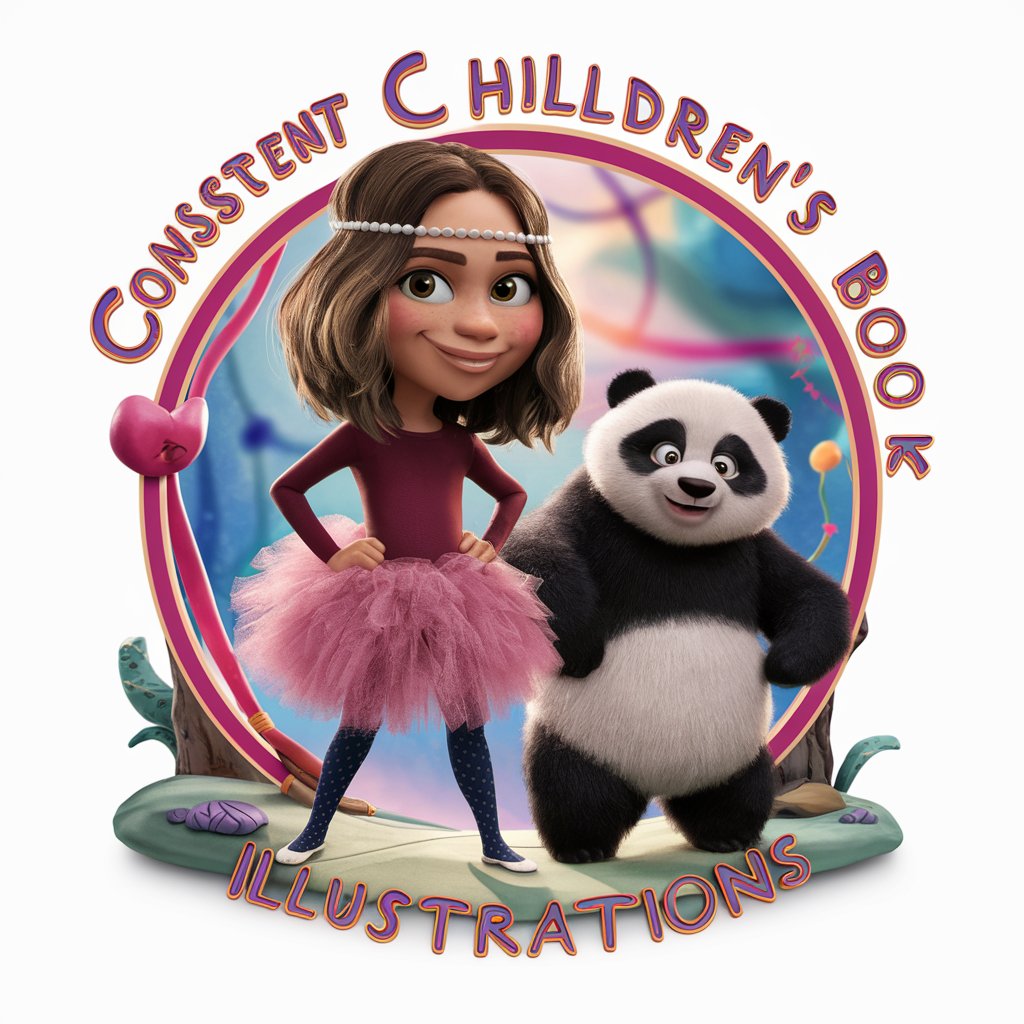
Software System Architecture
Crafting Software Architectures with AI
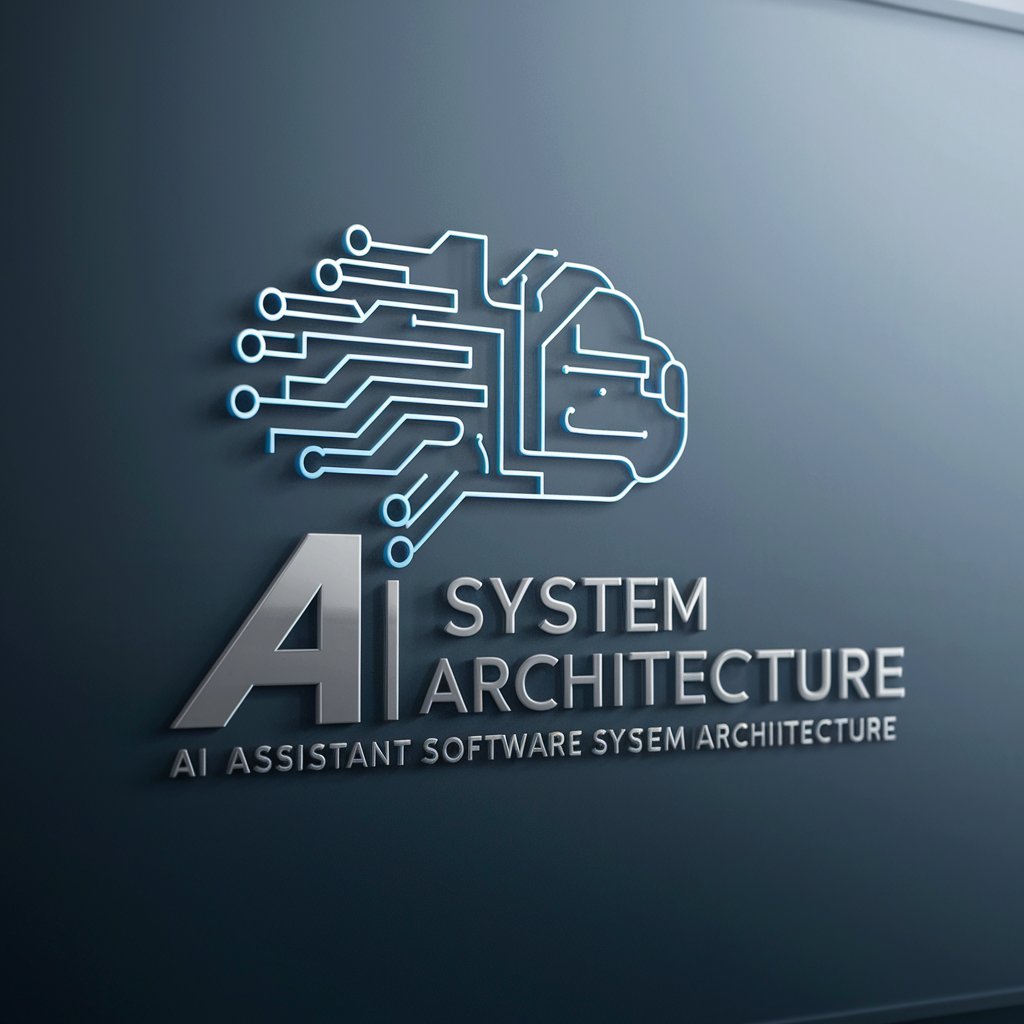
Concept Map Q&A
What is a concept map?
A concept map is a visual tool for organizing and representing knowledge, ideas, or information. It consists of nodes representing concepts, connected by labeled lines to show relationships between them.
What are the benefits of using concept maps?
Concept maps help in organizing and understanding complex information, promoting critical thinking, facilitating learning and retention, fostering creativity, and aiding in problem-solving and decision-making.
How can I create an effective concept map?
To create an effective concept map, start with a clear main concept, use concise labels for connections, maintain hierarchy and organization, incorporate relevant details, and review and refine your map as needed.
What are some common applications of concept maps?
Concept maps are used in education for teaching and learning, in business for brainstorming, planning, and project management, in research for organizing and synthesizing information, and in personal productivity for note-taking and idea organization.
Can concept maps be collaborative?
Yes, concept maps can be collaborative tools where multiple users contribute to the creation and refinement of the map in real-time, fostering teamwork and shared understanding.
